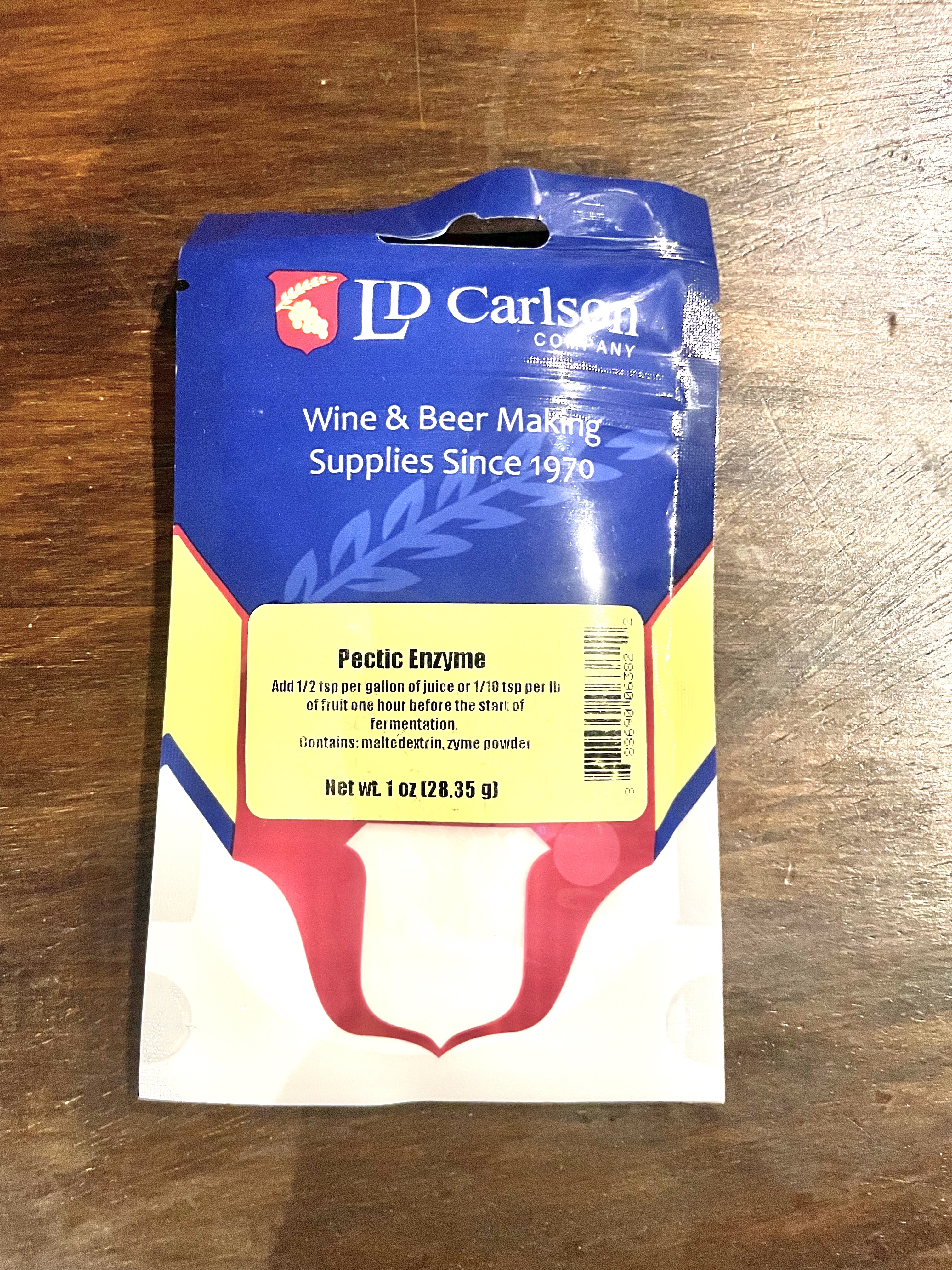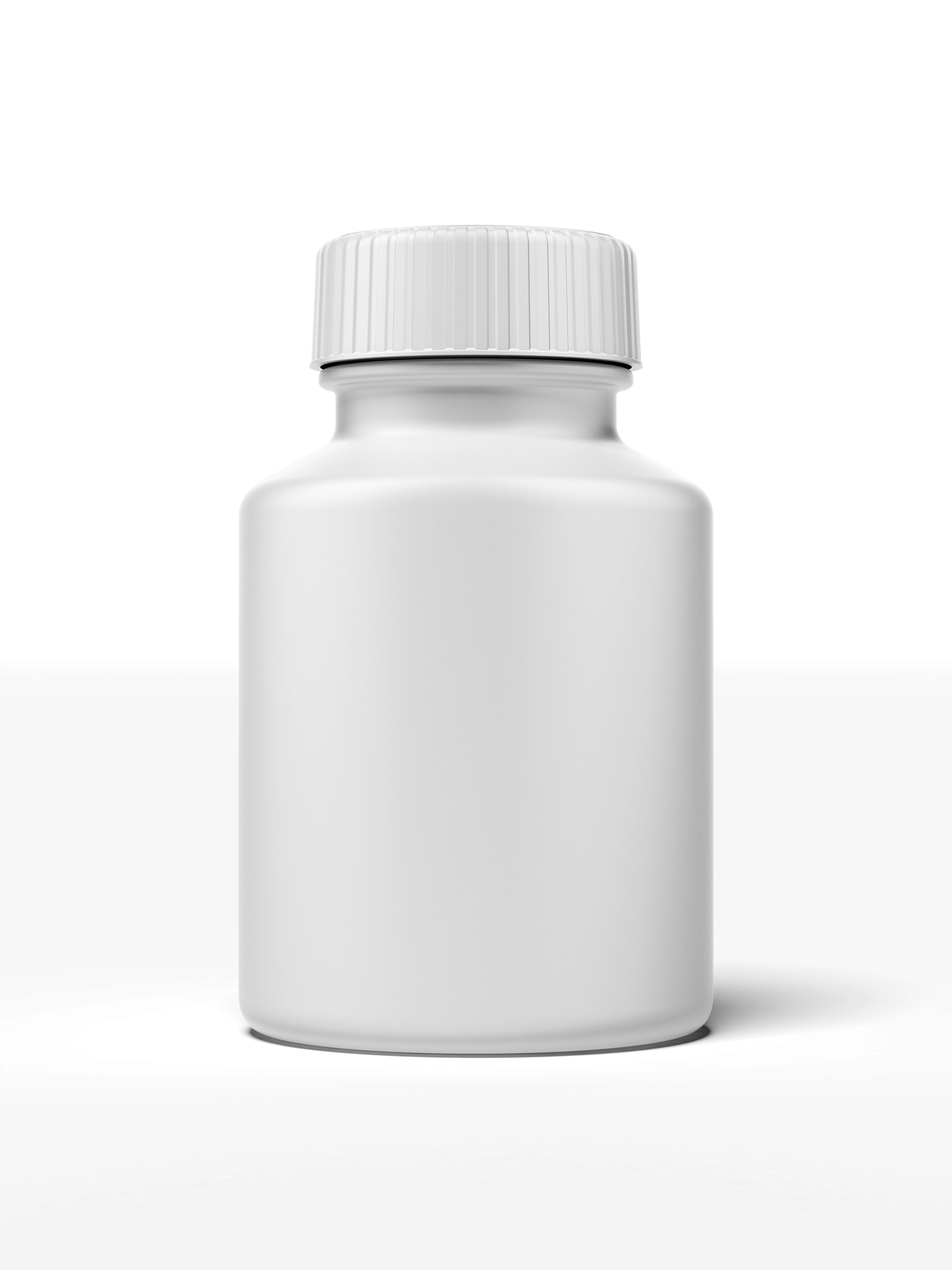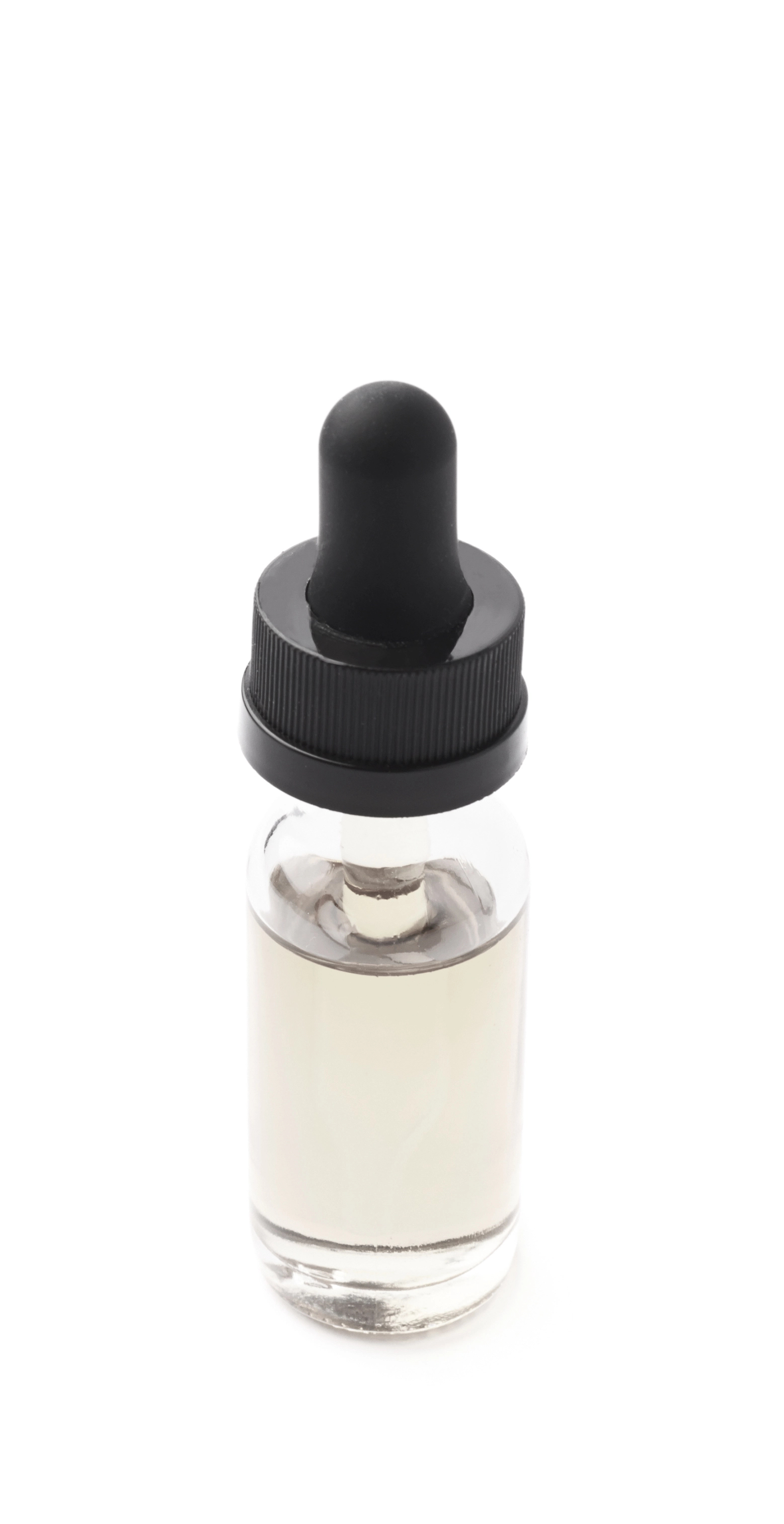Are you look for reliable wine clarification methods to amplify your wine at home? These are the best ways to ensure you have gorgeous wine, every time!

When I started wine making (and beer making) I didn't realize the power of clarifiers. From one beer being crystal clear when it's warm to being cloudy when it's cold... It got me thinking about how to always ensure clarity.
These proven methods are guaranteed to give you the best results for clear wine.
You will learn 7 of the best ways to wine clarification, how each one works, and how to execute. Guaranteed you will find a method that works for you!
This post is all about clarification of wine.
Proven & Reliable Ways for Wine Clarification
If you're experiencing cloudy wine, then look no further. This list has the best methods to wine clarification. From natural methods to more standard practices. Let's jump in.
1. Bentonite Clay
Bentonite clay, aside from a health supplement, acts as a binder in your wine that pulls sediment to the bottom.
Bentonite clay holds a positive electrical charge.
When it is in your wine it binds to the negatively charged ions and weighs them to the bottom of your fermenter (much like it does in your body with heavy metals).
Tips to use bentonite clay as a wine clarifier:
- Mix 1-2 tablespoons of bentonite with a cup of warm chlorine free water.
- Allow to sit for 1-3 hours.
- Add into your wine after adding your yeast.
- The colder the temperature the faster it will clear.
- Use more bentonite for more cloudy wines, or add more bentonite during primary fermentation.
Something to keep in mind: bentonite clay is the #1 fastest way to clarify wine, however, along with pulling out sediment it also can pull out flavor and color. So it does come at a cost.
Use at your discretion!
RELATED POST: Your Bold NEW Guide to Beautiful Natural Wine | All About Natural Fermentation Wine
2. Egg Whites & Salt
The method of using egg whites and salt is by far the most audacious method to clarify wine.
I would test the waters with this method and see how it works for you. I have not tried it, but it is a popular and natural method for wine clarification.
How to use eggs whites & salt as a clarifier:
- Use 2 egg whites per gallon of wine.
- Whisk the egg whites with a small amount of water and a dash of salt.
- Add the mixture to the wine in either primary fermentation or secondary fermentation.
- Allow to sit for a few days for the mixture to work its magic.
- Rack the wine off the sediment.
Similar to bentonite clay, the proteins in the egg white bind to particles in the wine and pull it to the bottom. While the salt acts as a stabilizer to the egg white to prevent excessive foaming.
3. Activated Charcoal
Again, similar to bentonite and egg whites, activated charcoal is a more natural method to wine clarification.
We see activated charcoal as a dietary supplement and even in toothpastes and face masks.
Activated charcoal is used in winemaking to remove impurities. Whether that be colors, flavors, odors, or particles.
Much like how activated charcoal is used in health and wellness: removes impurities!
It is imperative to use the correct kind of activated charcoal to prevent any other issues that can arise from activated charcoal with added ingredients. The one below is a reliable source of charcoal!
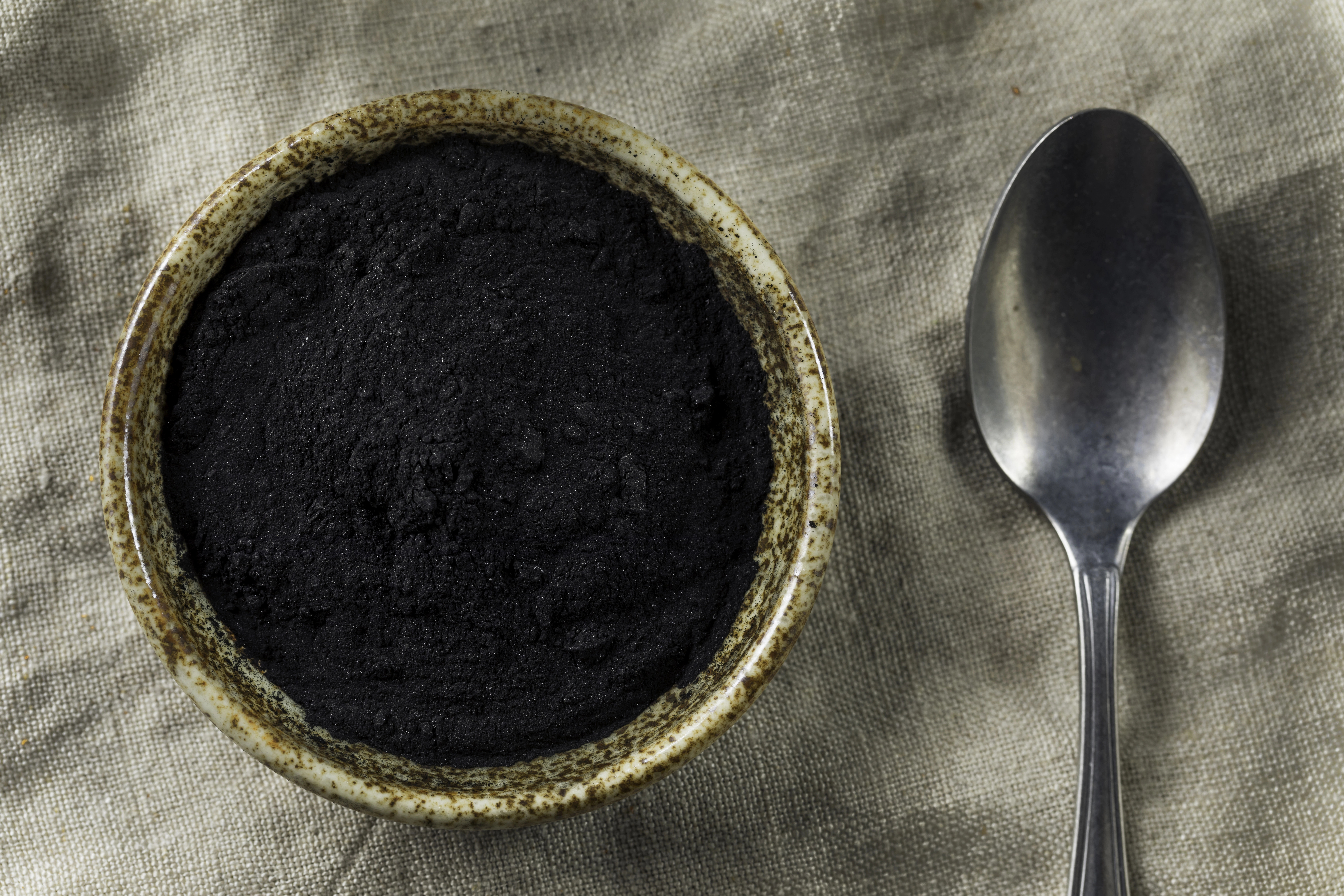
Benefits of using activated charcoal:
- Decolorizes.
- Removes unwanted odors that would affect the overall flavor.
- Removes smoke tainted odors and flavors. Like "ashy" or "smokey" flavors.
- Removes residual pesticides and herbicides.
Given these stunning benefits that activated charcoal gives, keep in mind that using too much or the wrong kind of activated charcoal can lead to stripping the wine of all color and flavor.
It is recommended to use a small amount on a small batch to test it out before using on larger batches.
How to use activated charcoal in wine making:
The kind of activated charcoal matters because they have varying absorption capacities. If you too much of one kind it could lead to a lack of flavor, and alternatively, can lead to not actually working to clarify the wine!
Research the type you get!
A general rule to follow is:
Use at a rate of 0.025 to 0.06 grams per liter. A small kitchen scale would be perfect for these smaller measurements!!
RELATED POST: On-Demand Wine Making Equipment List for Stunning Wine | Get Everything in One Click
4. Cold Temperatures & Time
Before we move onto the other additives for clarification of wine, let's look into the most basic method to wine clarification: cold temps and time!
When fermenting wine, we want to keep the temperature of the space around 75 degrees F.
However, during secondary fermentation or after fermentation is complete, we can lower the temperature and allow the sediment to clear.
RELATED POST: 5 Incredibly Straight Forward Steps That Make the Winemaking Process a Piece of Cake
Keep in mind to be careful when moving your wine around. Especially when you are clarifying by this method. You do not want to stir up the sediment you just worked so hard to settle to the bottom!!
5. Pectic Enzyme
Have you ever heard of pectin? Well, it is a type of pectic. It lives in the skin of a lot of fruits like grapes, apples, and pears.
The issue with pectic in winemaking is it creates, what we call, "pectic haze". The pectin fiber acts as a gelling agent that keeps pectin suspended in the wine.
Adding pectin enzyme will break down the pectin fiber leaving the wine clearer.
Not only does pectin enzyme act as a clarification of wine, but it also has more benefits:
- Prevents pectin haze.
- Leads to increased juice yield when added during the process of fruit.
- Helps release aromatics and flavor from the fruit and herbs.
Pectin is a great addition to all things wine! Not only with clarity, but with juice yields and flavor.
RELATED POST: 15 Powerful Winemaking at Home Tips & Tricks for Unbeatable Wine
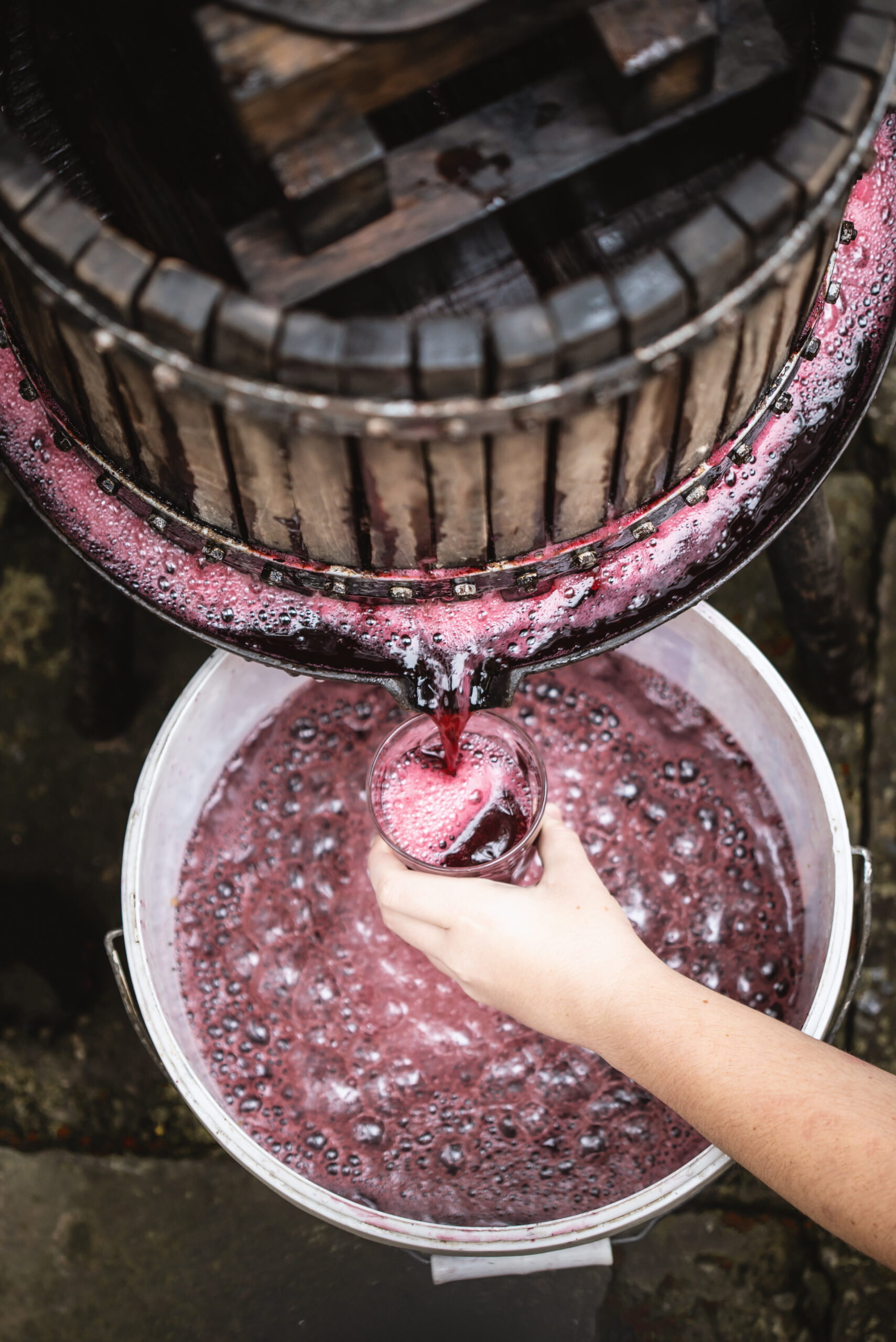
6. Gelatin
Gelatin acts the same as bentonite clay. It is electrically charged and attracts with opposite charges to create a neutral charge.
This reaction causes the proteins to combine with other particles and drop to the bottom. This process is called 'gelatin fining'.
The difference with gelatin is it is added into the wine after fermentation and before bottling. Unlike the previous options for wine clarification.
Additionally, gelatin can reduce astringency and bitterness in the finished wine. Which adds a lovely perk to using gelatin!
How to use gelatin:
- Use 1 teaspoon per 5 gallons of wine
- Add the gelatin into a small amount of warm water and allow it to dissolve.
- Pour it into your fermenter after secondary fermentation and before you bottle.
Also note: The dosage depends on the kind of wine you are making. Do some research into your tannin levels and the acidity of your wine to accurately dose gelatin!
7. Isinglass Protein
Isinglass is the most peculiar wine clarifier I have ever heard of, and I am sure you will feel the same.
Isinglass comes from collagen... from fish bladders!
It is used in wine and beer making for a final polish of wines.
Isinglass is usually used in conjunction with another clarification of wine method, as it is the cherry on top to clear wine or beer.
Isinglass ranks differently than other clarifying agents because it does not strip color or flavor from the wine, it is a gentle final touch.
How to use isinglass as a clarification of wine:
The amount of isinglass will depend on the size of you wine making batch. The general rule of thumb is 1-3 grams per 100 liters of wine. So, if you are making one gallon batch you will use 0.037 grams.
Basically, a dash! But, test it out and see how it reacts to your specific wine!
- Dissolve of isinglass powder with a bit of cold water.
- Add to your finished wine after fermentation is complete. You can add directly into the fermenter.
- Let sit for a few days to a couple weeks to fully polish your wine.
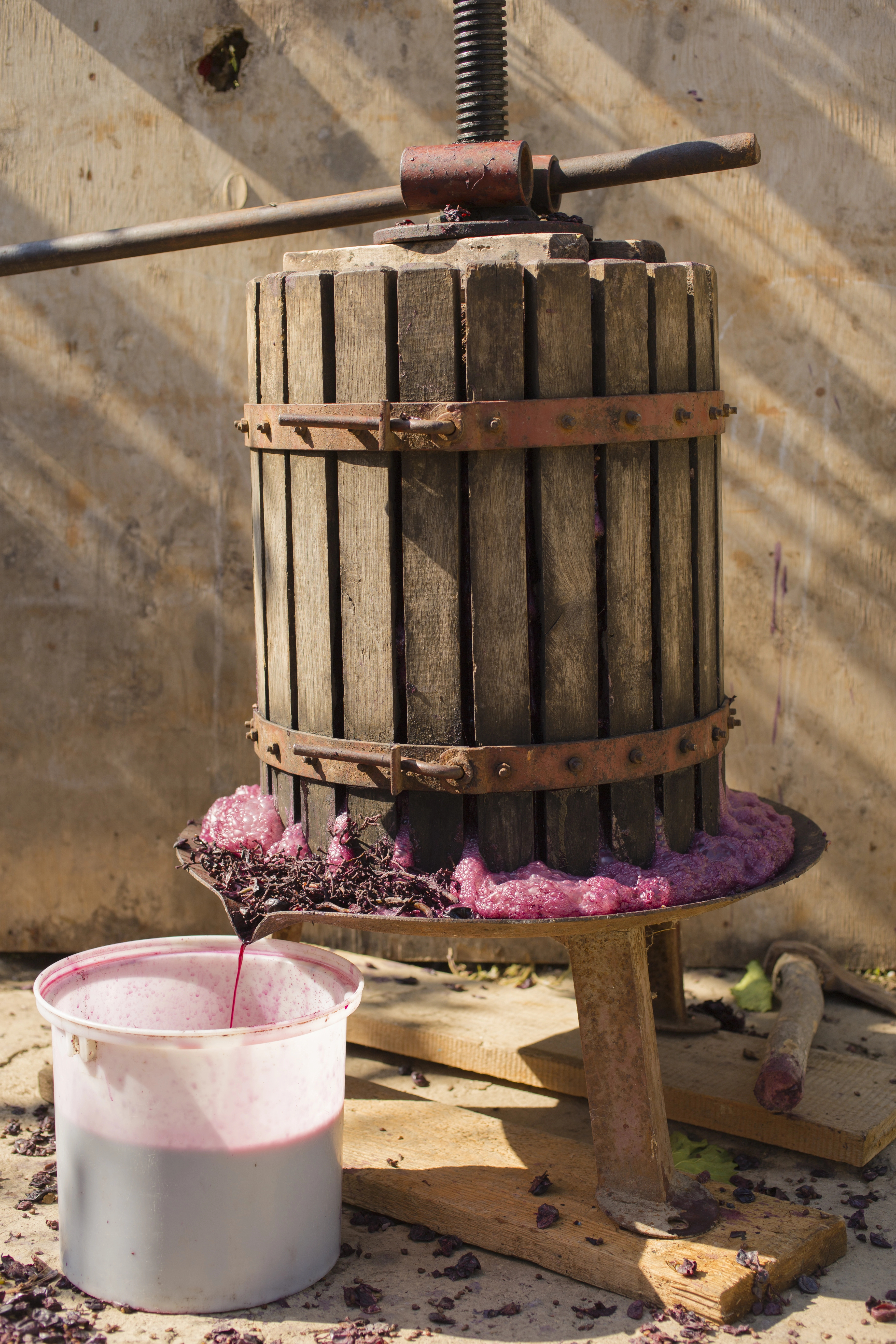
Groundwork Tips, Tricks, and Best Practices
- 15 Powerful Winemaking at Home Tips & Tricks to Make Unbeatable Wines
- Undeniably the Best Water for Brewing Guaranteed | Easy Ways to Great Water
- How to Use a Hydrometer in 5 Easy Steps
- Ultimate Guide to Bottling Homebrew for Beer, Cider, & More
- Behind the Scenes Look into Beer Making for Beginners You Need to Know About
- Make a Perfect Beer on Your First Try | Beginner Beer Recipe
The potential for wine clarifiers is endless. These are the top 7 proven ways to effective wine clarification. As you saw, some of the wine clarifiers even double, or triple, in uses in winemaking.
You are sure to find something that is suitable to your winemaking style that is helpful for wine clarification! Whether that is the natural wine method with eggs, or the more elegant method with isinglass.
This post was all about clarification of wine.


